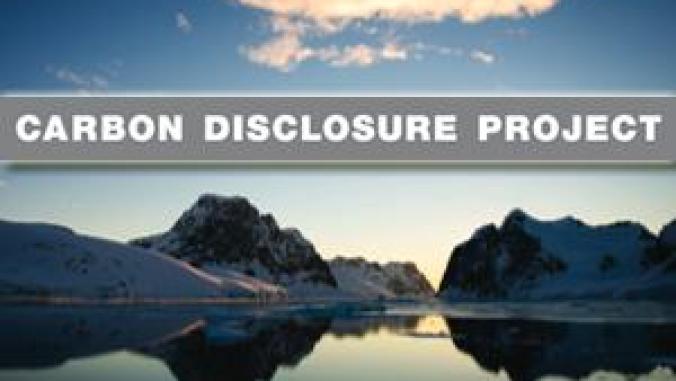California Unveils Latest Plan to Curb Emissions
The proposed scoping plan, which must be approved in December, aims to meet an overarching goal embodied in the Global Warming Solutions Act of 2006: reducing greenhouse gas emissions in the country’s most populous state to 1990 levels by 2020.

The California Air Resources Board (CARB) released a climate change plan Wednesday that will touch nearly every sector of the state's economy -- from the cars we buy to the places we live and the energy used power them.
The proposed scoping plan, which must be approved in December, aims to meet an overarching goal embodied in the Global Warming Solutions Act of 2006: reducing greenhouse gas emissions in the country's most populous state to 1990 levels by 2020.
"In a sense, this is just the beginning ... It's going to take the efforts of everybody in this room, and people beyond this room, to make it a reality because this is a plan that will take a lot of work and money to implement," Mary Nichols, CARB chairperson, told business leaders Wednesday at an event to launch The Climate Group's "Business Guide to the Low Carbon Economy: California."
In the absence of federal leadership, Nichols said, California recognizes that opportunities for leadership to fight climate change exist at the state level. "There was simply no excuse for us to stay on the sidelines," she said. "We had to work."
In June, the agency released a draft of Wednesday's plan that received more 40,000 comments and was downloaded more than 90,000 times. The cornerstone of the proposal is a greenhouse gas cap-and-trade program that will begin in 2012 by putting a price on carbon and making the biggest polluters pay for it.
The cap-and-trade will cover roughly 85 percent of the state's emissions, including transportation, electricity generation, refineries and other energy-intensive industries. It is being developed in step with the Western Climate Initiative, the regional coalition of six states and four Canadian provinces now drawing up a regional carbon market.
The state's plan also calls for boosting its renewable energy mix to 33 percent, bringing small and medium-sized business into the fold to reduce emissions, implementing a Low Carbon Fuel Standard, and changing land-use policies to discourage urban sprawl.
The plan is not without its critics. Environmental groups like the Union of Concerned Scientists praised the plan as a solid first step but warned it relies too much on offsets -- rather than direct emissions reductions -- and lacks a commitment to force polluters to buy 100 percent of future carbon permits.
Business groups also assailed the plan for the cost of implementation. Despite research from CARB showing the economic benefits of implementing AB 32 outweigh the costs, the American Council of Capital Formation claims the law will cost the state jobs and revenue.
The proposed scoping plan, which must be approved in December, aims to meet an overarching goal embodied in the Global Warming Solutions Act of 2006: reducing greenhouse gas emissions in the country's most populous state to 1990 levels by 2020.
"In a sense, this is just the beginning ... It's going to take the efforts of everybody in this room, and people beyond this room, to make it a reality because this is a plan that will take a lot of work and money to implement," Mary Nichols, CARB chairperson, told business leaders Wednesday at an event to launch The Climate Group's "Business Guide to the Low Carbon Economy: California."
In the absence of federal leadership, Nichols said, California recognizes that opportunities for leadership to fight climate change exist at the state level. "There was simply no excuse for us to stay on the sidelines," she said. "We had to work."
In June, the agency released a draft of Wednesday's plan that received more 40,000 comments and was downloaded more than 90,000 times. The cornerstone of the proposal is a greenhouse gas cap-and-trade program that will begin in 2012 by putting a price on carbon and making the biggest polluters pay for it.
The cap-and-trade will cover roughly 85 percent of the state's emissions, including transportation, electricity generation, refineries and other energy-intensive industries. It is being developed in step with the Western Climate Initiative, the regional coalition of six states and four Canadian provinces now drawing up a regional carbon market.
The state's plan also calls for boosting its renewable energy mix to 33 percent, bringing small and medium-sized business into the fold to reduce emissions, implementing a Low Carbon Fuel Standard, and changing land-use policies to discourage urban sprawl.
The plan is not without its critics. Environmental groups like the Union of Concerned Scientists praised the plan as a solid first step but warned it relies too much on offsets -- rather than direct emissions reductions -- and lacks a commitment to force polluters to buy 100 percent of future carbon permits.
Business groups also assailed the plan for the cost of implementation. Despite research from CARB showing the economic benefits of implementing AB 32 outweigh the costs, the American Council of Capital Formation claims the law will cost the state jobs and revenue.




